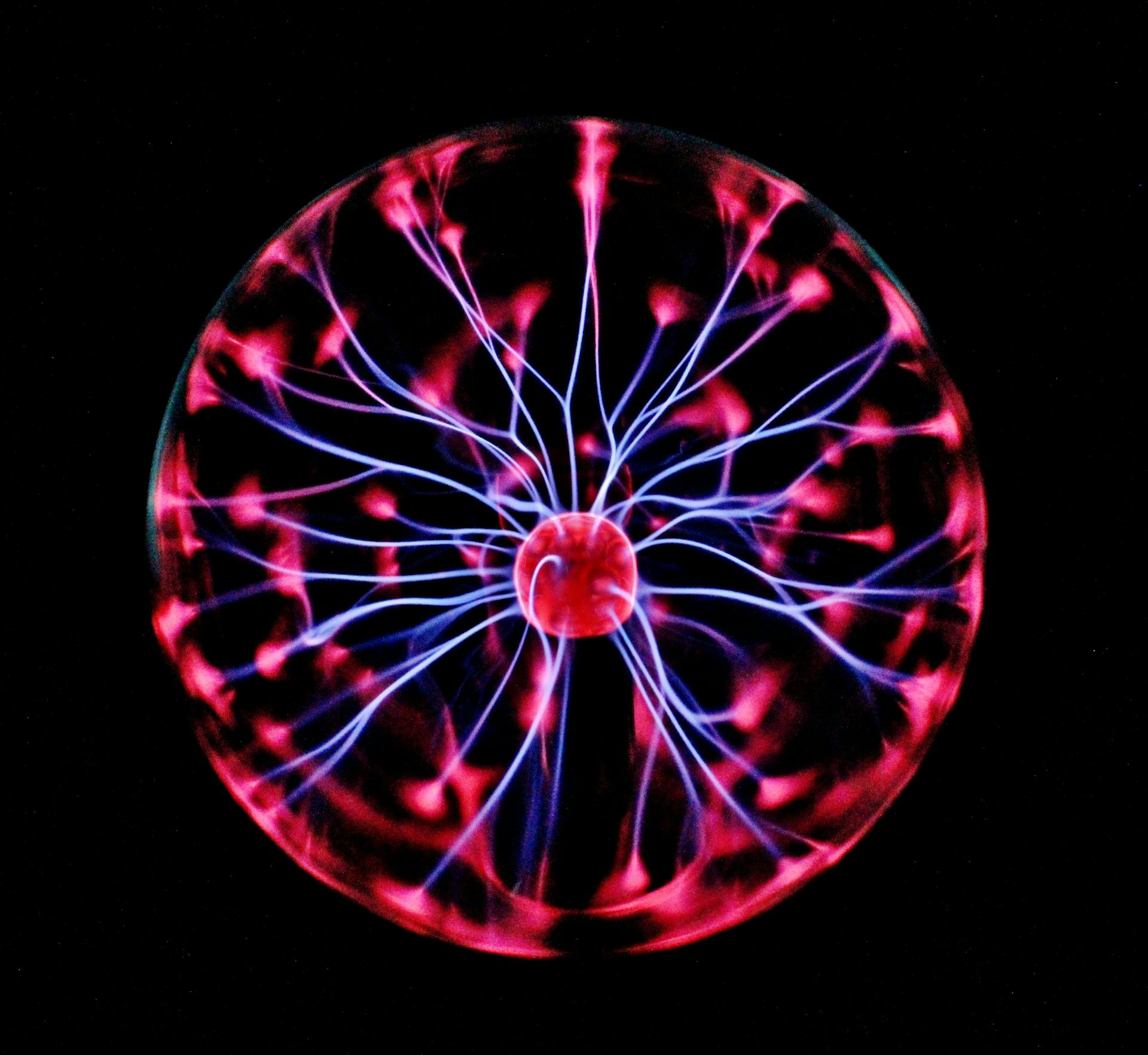Vanadium pentoxide (V₂O₅) is one of the most versatile and studied transition metal oxides, known for its complex thermodynamic behavior and wide range of industrial and scientific applications. Its layered crystal structure, variable oxidation states, and ability to form various intermediate oxides make V₂O₅ an essential compound in catalysis, energy storage, and high-temperature chemistry. Understanding how V₂O₅ behaves under extreme conditions—such as elevated temperatures, high pressures, or reactive chemical environments—is critical for its effective use in both laboratory and industrial contexts.
Structural Overview and Thermodynamic Stability
V₂O₅ crystallizes in an orthorhombic layered structure composed of distorted VO₅ square pyramids sharing edges and corners. The vanadium atoms typically exhibit a +5 oxidation state, although under reducing or high-temperature conditions, lower oxidation states such as +4 or +3 can appear, leading to compounds like VO₂, V₂O₃, and V₃O₅.
Thermodynamically, V₂O₅ is stable in oxygen-rich environments at moderate temperatures (400–700 °C). However, when the oxygen partial pressure decreases or the temperature exceeds 800 °C, V₂O₅ starts to lose oxygen atoms, forming suboxides according to reactions such as:
V₂O₅ → 2 VO₂ + ½ O₂↑
This reduction is endothermic and strongly influenced by both temperature and pressure. At atmospheric pressure, V₂O₅ melts around 690 °C, forming a viscous liquid that exhibits excellent oxygen ion conductivity. Under vacuum or reducing atmospheres, decomposition can begin even below this temperature, leading to the formation of mixed-valence phases.
Phase Transitions Under High Temperature and Pressure
Under extreme thermal conditions, V₂O₅ undergoes a series of structural and electronic transitions. Studies using differential thermal analysis (DTA) and high-pressure X-ray diffraction have shown that at pressures above 10 GPa, V₂O₅ transforms from its orthorhombic phase into denser polymorphs with monoclinic or even amorphous characteristics.
At high pressures, the V–O bonds compress, reducing the interlayer spacing and leading to enhanced electrical conductivity. These transformations are reversible upon decompression, but the kinetics of re-crystallization depend on temperature and the presence of impurities or dopants such as Nb⁵⁺ or Mo⁶⁺.
This thermodynamic adaptability explains why V₂O₅ is often used as a model oxide for studying high-pressure solid-state chemistry. It also forms the basis for developing vanadium-based materials in electrochemical systems, including lithium-ion and sodium-ion batteries, where cycling stability under stress is crucial.
Interaction with Chloride Compounds: The Case of NbCl₅
Among the many compounds that interact with V₂O₅, niobium pentachloride (NbCl₅) deserves special attention. NbCl₅, like V₂O₅, is a transition metal halide with strong oxidizing and Lewis acidic properties. When these two compounds are combined under controlled conditions, they can form mixed-metal oxides or oxychlorides that exhibit unique catalytic and thermodynamic behaviors.
At elevated temperatures (typically above 500 °C), NbCl₅ can react with V₂O₅ to produce vanadium–niobium oxide complexes of the general formula VₓNbᵧO_z. These solid solutions often display improved thermal stability and electrical conductivity compared to pure V₂O₅. The reaction can be represented schematically as:
V₂O₅ (s) + NbCl₅ (g) → VₓNbᵧO_z (s) + Cl₂ (g)
The enthalpy of this process depends on the ratio of reactants and the ambient oxygen partial pressure. In an oxygen-rich atmosphere, chlorination is suppressed, while in a vacuum or reducing environment, the reaction favors the formation of oxychlorides like VOCl₃ or NbOCl₃, which are volatile and can be used for thin-film deposition via chemical vapor transport (CVT).
Thus, NbCl₅ not only acts as a reagent that modifies the thermodynamic pathway of V₂O₅ but also serves as a precursor for creating new functional materials with tailored properties.
Comparison with Other Related Compounds
For researchers and practitioners interested in compounds such as WCl₆, NH₄VO₃, TaCl₅, MoCl₅, KVO₃, NaVO₃, and NbCl₅, the thermodynamic behavior of V₂O₅ provides a valuable point of reference.
- WCl₆ and MoCl₅: These tungsten and molybdenum halides behave similarly to NbCl₅ in their ability to chlorinate oxides at high temperatures, forming volatile oxychlorides (WO₂Cl₂, MoO₂Cl₂). When interacting with V₂O₅, they can lead to doped vanadium oxides with enhanced redox capacity and catalytic activity.
- NH₄VO₃: Ammonium metavanadate decomposes around 200 °C to yield V₂O₅, releasing NH₃ and H₂O. This transformation is highly exothermic and often used in the synthesis of vanadium oxides. The purity of V₂O₅ derived from NH₄VO₃ strongly influences its subsequent thermal stability.
- TaCl₅: Tantalum pentachloride reacts with V₂O₅ in a manner analogous to NbCl₅, forming mixed oxides like VTaO₄. These compounds exhibit superior hardness and chemical resistance, making them useful in coatings and refractory materials.
- KVO₃ and NaVO₃: Alkali vanadates are stable up to about 800 °C but can decompose to V₂O₅ under reducing conditions. When V₂O₅ interacts with these salts, eutectic mixtures form, lowering the melting point and enhancing ionic conductivity—properties valuable in molten salt batteries and solid oxide fuel cells.
Thermodynamic Modeling and Practical Applications
The thermodynamic properties of V₂O₅—enthalpy (ΔH), entropy (ΔS), Gibbs free energy (ΔG), and specific heat (Cₚ)—have been modeled extensively using both experimental and computational approaches. These models allow prediction of V₂O₅’s stability under varying temperature–pressure–composition (T–P–x) conditions.
Applications of these findings span several industries:
- Catalysis: V₂O₅ is widely used in oxidation reactions, such as the conversion of SO₂ to SO₃ in the contact process and the oxidation of hydrocarbons. Understanding its phase stability helps maintain catalytic efficiency at high operational temperatures.
- Energy storage: Layered V₂O₅ is an excellent host for lithium or sodium ions. Its thermal and structural resilience under cycling stress determines battery performance.
- Optical coatings and sensors: Thin films of V₂O₅ exhibit thermochromic properties—changing color with temperature—which are being explored for smart windows and thermal sensors.
In all these contexts, the ability to tune V₂O₅’s properties by interaction with compounds like NbCl₅ or TaCl₅ enables the development of materials optimized for extreme environments.
Conclusion
V₂O₅’s thermodynamic behavior under extreme conditions reveals a delicate balance between structural flexibility, oxygen stoichiometry, and redox potential. Its interactions with chlorides such as NbCl₅ open new pathways for synthesizing complex oxides and functional materials capable of withstanding high temperatures and reactive atmospheres.
For scientists and engineers working with transition metal compounds—including WCl₆, NH₄VO₃, TaCl₅, NbCl₅, MoCl₅, KVO₃, NaVO₃, and V₂O₅—understanding these thermodynamic principles is essential. They provide the foundation for innovation in catalysis, materials design, and energy technologies where vanadium oxides continue to play a pivotal role in bridging chemistry and applied science.










